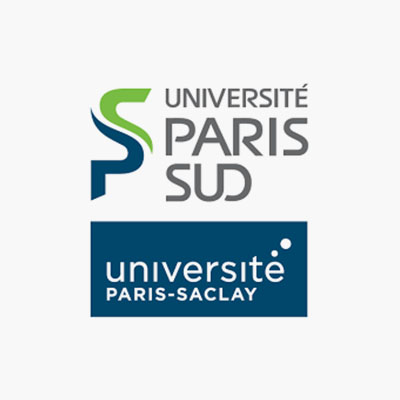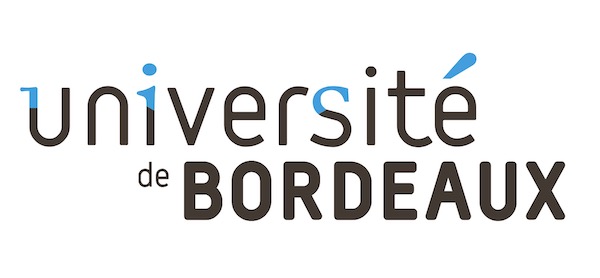Scientific immersion
The principle
We tested twice a new way of teaching experimental physics using an immersion in a fiction scenario. We have proposed to twenty undergraduate science students to live a fiction for 3 days non stop. They had to help a starship exploring a comet at a distance. This new way of teaching has made it possible for students to develop creativity, group management and autonomy, and to enable them to apply their knowledge to actual situations outside the usual lab rooms. We offer you a feedback and how to do it yourself if you are interested.
The immersion in 4 minutes
The story
Due to a problem at the European Space Agency central hub, an emergency procedure is triggered and students, here playing the role of space engineers, must suddenly stop everything and take over communications to help a spaceship at distance. This ship is just landing on a strange and unknown comet he must explore. But this ship has, as a result of technical problems, only very basic basic scientific equipment. The engineers on Earth (the students) have the same equipment: they communicate with the ship to help him explore the comet, suggesting what to make and how to do it after testing it themselves. There follows a succession of short missions to help the ship, and analysis of the data coming back from the ship in real time.
The scenario foresees various evolutions according to what the engineers propose on Earth, until a final with a little surprise!
Pedagogical goals
This immersion aims first at the development of experimental physics skills: use of sensors via smartphones and Arduino boards, creation of experiments from scratch with open solutions, tests, data analysis, production of protocols. It also develops several transversal skills: group work and self-management, work independently with time constraints, creativity and design, communication.
1 / 15
Some students feedbacks
We interviewed the students on different points asking them to give their feelings on a scale from 1 to 7 (anonymous survey conducted among all participants). Here are some of the results.
- What did you think of immersion? Students highly appreciated the experience (average of 6.6 on a scale of 1 to 7). “I just hope that other groups of students will have the opportunity to live this fabulous experience,” “I loved these 3 days, we start again when ??! “.
- What did you think about not giving notes? The students favored this lack of note (average 6.5 / 7) despite initial reluctance.
“It just allows us to focus on the essentials: learning, understanding, solving. We can try and miss without worrying about the consequences, and it works “,” No fear of failure “,” Less stress, more natural, more initiative, more collaboration “,” It has allowed to be more creative and try to do things that may not necessarily work but can. “ - What did you think about the fact that teachers never play their own role? Students again praised this choice (average 6.3 / 7). “There is freedom because teachers have roles. It forces us to question ourselves, “” Frustrating but good. It pushes us to surpass ourselves, to find the info by ourselves “.
Keys for success
- The fiction: all the elements of “scenery”, audio, video, badges, convocations, participate to really create a fictitious universe likely. We believe in it and we play the game thoroughly.
- A place outside the usual buildings enhances immersion (another building or even cottage in the countryside).
- Open questions and problems without a single solution leaving students completely free.
- No ratings: students are not graded, but they are evaluated by several returns during the immersion and at the end. The absence of notes “distresses” students, allows them to create and innovate without fear of failure, and also relaxes some constraints and tensions between students in groups.
- The teachers never play the role of teachers: again, it shows the students that there is not a “good solution” and that their work is really open.
Would you like to conduct a similar education yourself? Contact us, we will provide you the complete kit (in french, but you can use translate tools) : scenario, documents, videos, audios, list of equipment to provide, and advice.
Contact: julien.bobroff@u-psud.fr
This project was created and taught by Julien Bobroff and Frédéric Bouquet (Paris-South Univ) and Ulysse Delabre and Philippe Barberet (Bordeaux University).
He benefited from the “Innovative Pedagogy” support of IDEX Paris-Saclay. Thanks to the support of Bénédicte Humbert and Franck Brouillard from the Institut Villebon, Patrice Hello from the double Bachelor of Science in Physics at Paris-Sud University, and the valuable advice of Fabrice Jouvenot (CRI), Hervé Dole (Paris Univ. South) and Gilles Lejeune, and the participation of Frédéric Restagno. Thanks to Nathanaël Esnault and Fauzia Sghiouar (UF Physique, Bordeaux) and the FIGURE network (“Initiatives of Excellence in Innovative Training”, IDEFI 2011).
Last but not least, we want to thank all the students who participated, from Bordeaux, the Institut Villebon, and the double degree in mathematics and physics from Paris-Sud Paris-Saclay University.
Authors:


